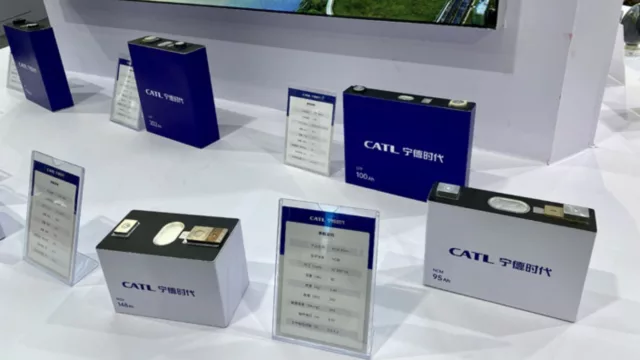
Whether we like it or not, talking about vehicle batteries is talking about China and the revolution it has brought to the table. The global market is dominated by the Asian country, and while other countries try to catch up or compete with them, the Asian giant is always two steps ahead and right now, it is the one that has consolidated the absolute dominance of lithium battery production. Rivals may not want to see the data, but it controls more than 80% of global production, and both CATL and BYD are the current owners of the manufacturing market.
But one thing is clear, this leadership is no coincidence, they have been following meticulous strategies for more than a decade imposed by the Chinese government, combining investments, resource controls, and, above all, technological innovation. In 2015 China was just another competitor, but now it is the master of the battery market. Do you want to know how they did it?
“Made in China”
And it was in the year 2015 when President Xi Jinping presented the “Made in China 2025” plan, with an ambitious goal: to make the country a world leader in 13 strategic sectors, including lithium-ion batteries. Until then, that “Made in China” was only understood as objects of little value or poor quality, but… and now? Competitive positions, and when it comes to batteries… the most absolute hegemony reaching 1,400 GWh in 2024.
How did they do it?
One of the most strategic decisions was to bet on LFP (Lithium Iron Phosphate) batteries since 2009. Although these batteries are less energy-dense than nickel or cobalt ones, they are cheaper, safer, and easier to produce. For this, China incentivized the use of these batteries in public fleets through subsidies, and in 2016 allocated funds to improve their performance. And so, step by step, to what they have achieved today.
Owners of the market and… of the patents.
China controlled the patents for these batteries, so the rest was already written, Chinese companies could use these technologies without paying licenses, making the cost much cheaper. CATL and BYD took advantage of this to build their factories, and the result, you already know.
Dominance in extraction, refining, and assembly
Another key advantage they have in China is that they control large lithium, iron, and other critical mineral mines used for the manufacture of these batteries, both within their territory and in other countries. This allows them to access raw materials at lower prices, while other countries face speculative markets or worse: intermediaries.
In other words, China dominates the entire value chain: from extraction to final assembly. Maybe that already gives us a clue as to how they have managed to be the kings of the market.
Local demand: unstoppable engine
China is also the largest electric car market on the planet. Its internal demand alone is capable of keeping its entire battery industry afloat (even without relying on exports!!!). And of course, that has been key to being able to experiment, innovate, and climb positions, creating a system in which its competitors do not even come close.
Can the world take the battery throne from China?
As of today, the answer is clear: it is very unlikely. An almost perfect combination: government strategy, resource dominance, innovation, and industrial movement, China has created an almost insurmountable barrier for its rivals.
Although countries like the United States, South Korea, or Europe are trying to rejoin the fight, the advantage that China has over the rest of the countries is incredible. It seems that China will dominate the market for many, many years.









